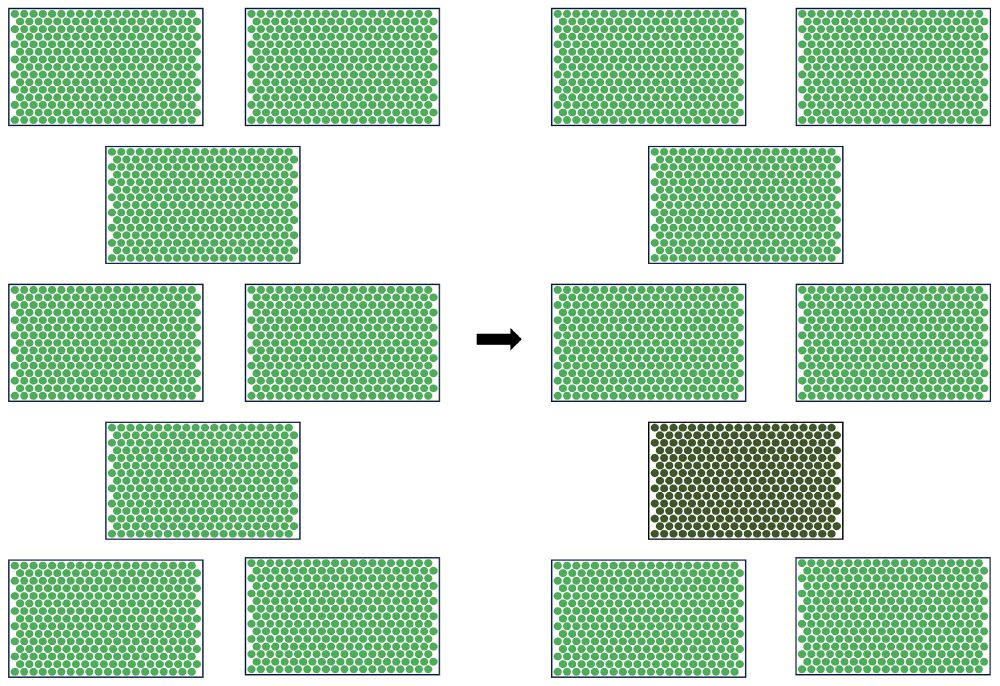



Explore the virtual issue: https://apsjournals.apsnet.org/landmarksphyto

Explore the virtual issue: https://apsjournals.apsnet.org/landmarksphyto


https://bit.ly/4o078L0
#plantpathology #nematology #agriculture #webinar

https://bit.ly/4o078L0
#plantpathology #nematology #agriculture #webinar










👉 https://apsjournals.apsnet.org/toc/phyto/115/10

👉 https://apsjournals.apsnet.org/toc/phyto/115/10





https://bit.ly/4nqN3x7

https://bit.ly/4nqN3x7



